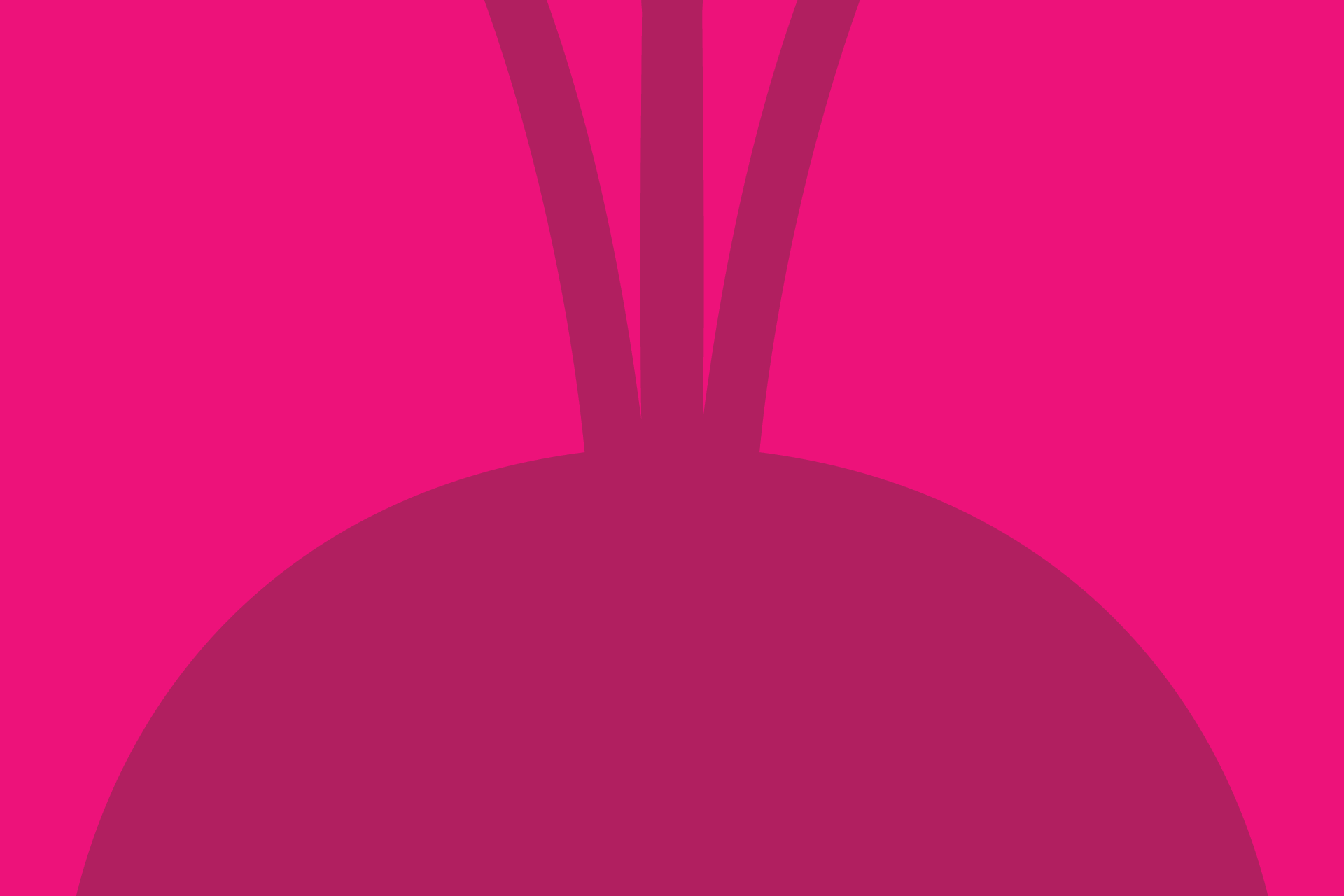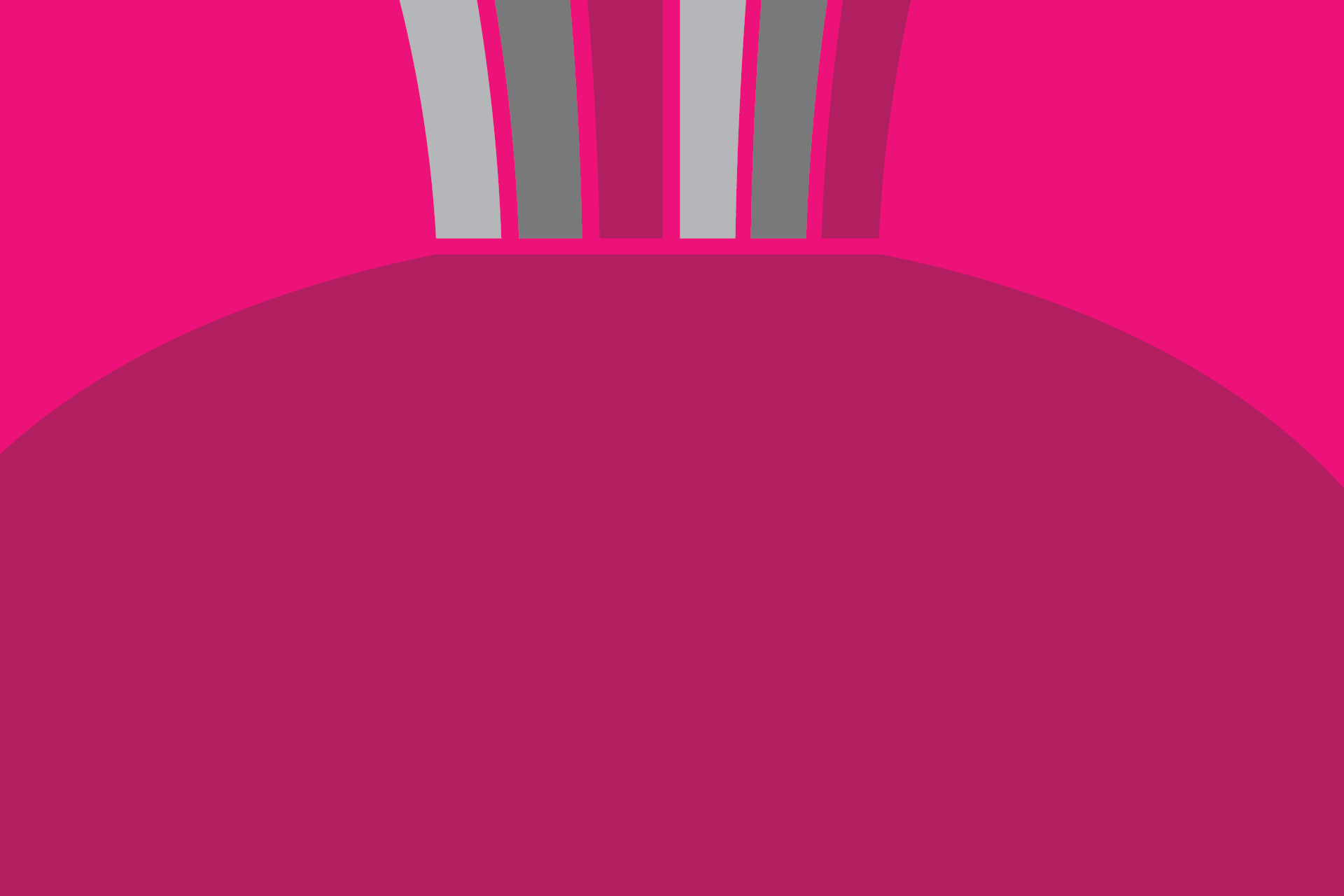Every so often, we at beetroot towers like to get together to discuss the things that excite, enthuse and enrich us as communications professionals. This time the subject was headlines.
What makes a good headline? What part do factors like content, platform and SEO play in determining whether a title is good, bad or just plain ugly? Here’s a taste of our thoughts on the matter…
In order to provide some answers to these timeless questions, we started by looking at some classics of yesteryear.
“Freddy Star Ate My Hamster”, “Gotcha” and “If Kinnock wins today will the last person to leave Britain please turn out the lights” all got an airing.
Perennial sports favourite “Super Caley Go Ballistic Celtic Are Atrocious” – reporting Inverness Caledonian Thistle’s famous 2000 Scottish Cup victory over the mighty Celtic – was flagged up by more than one of us.
Obviously, British tabloids dominated, but there was an honourable mention for ‘Ike beats Tina to death’ from the New York Post.
But wags and their gags are not always what’s required.
A great illustration of this is the London Herald’s 1912 headline ‘Titanic Sinks’. Saying it straight often does the best job with shocking news that needs no embellishment. ‘Why Were There Only Twenty Lifeboats for 2,207 People On Board the Ill-Fated Titanic?’ showed the Daily Mirror’s campaigning journalism has been around for more than a century.
This brought us on to how print headlines have had to change with the rise of online sister channels, and the resultant need for SEO-friendly headers.
We discussed whether headlines should be different for print and online based on the different readerships – do people read both or just one? Is there a demographic split? Can you keep keyword richness and still make a clever headline?
Next we asked how headlines work across internal comms.
An unlikely starting point was the Guardian Weekend magazine’s weekly cooking spread. Picture, headline and design work in perfect symmetry, for example a full page picture of tahini with the words ‘open sesame’ around the contours of the plate. From this we examined how a headline can often drive design, and vice versa.
As an agency with a varied array of formats, we can use all the above techniques. But audience and the nature of the content must always be the first consideration.
An article on domestic violence can’t have a pun/clever headline – a quote from the article itself is the most powerful. But for a train driver who has lost 12 stone in a year, go for it. Hats were tipped to our own Ben Penty for ‘wishful shrinking’.



